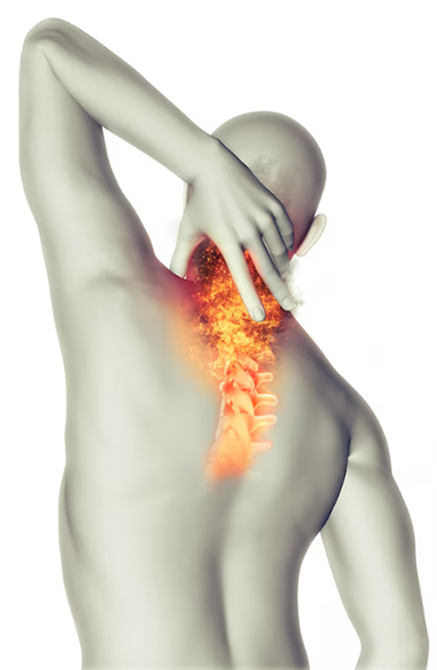Preventing Frozen Shoulder: Ayurvedic Tips for Long-Term Joint Health
 Shoulder pain can arise from various factors, including:
Shoulder pain can arise from various factors, including:Rotator Cuff Injuries: Tears or inflammation of the rotator cuff tendons, which are responsible for stabilizing the shoulder joint and facilitating arm movements.
Shoulder Impingement Syndrome: Compression of the rotator cuff tendons and bursa between the bones of the shoulder, often due to repetitive overhead movements.
Frozen Shoulder (Adhesive Capsulitis): Inflammation and thickening of the shoulder joint capsule, leading to stiffness and reduced range of motion.
Osteoarthritis: Degenerative changes in the shoulder joint cartilage and bones, resulting in pain, stiffness, and decreased mobility.
Shoulder Dislocation or Instability: Partial or complete displacement of the shoulder joint bones, causing pain, instability, and limited function.
Bursitis: Inflammation of the fluid-filled sacs (bursae) around the shoulder joint, leading to pain, swelling, and tenderness.
Tendonitis: Inflammation or irritation of the tendons in the shoulder, often due to overuse or repetitive movements.
Frozen Shoulder (Adhesive Capsulitis):
Causes: The exact cause of frozen shoulder is not fully understood, but it often develops following periods of immobility, injury, surgery, or underlying medical conditions such as diabetes or thyroid disorders. In frozen shoulder, the capsule surrounding the shoulder joint becomes thickened and inflamed, leading to stiffness and limited range of motion.
Symptoms: Frozen shoulder typically progresses through three stages:
• Freezing Stage: Gradual onset of shoulder pain and stiffness, which worsens over time. Range of motion becomes progressively limited, making daily activities difficult.
• Frozen Stage: Pain may diminish, but stiffness and restricted mobility persist. Performing overhead or reaching movements becomes particularly challenging.
• Thawing Stage: Gradual improvement in shoulder mobility and reduction in stiffness, often over several months to years. Full range of motion may eventually be restored, although some individuals may continue to experience mild limitations.
Treatment:
Conservative Treatment: Initially, conservative treatment options may be recommended to manage shoulder pain and stiffness:
• Physical Therapy: Exercises to improve shoulder range of motion, strengthen surrounding muscles, and alleviate pain.
• Heat or Cold Therapy: Applying heat packs or cold packs to the affected shoulder can help reduce pain and inflammation.
• Medications: Over-the-counter pain relievers, anti-inflammatory medications, or muscle relaxants may be prescribed to manage pain and discomfort.
• Corticosteroid Injections: Injections of corticosteroids into the shoulder joint can help reduce inflammation and alleviate pain.
Surgical Treatment: If conservative measures fail to provide relief, surgical interventions may be considered:
• Manipulation Under Anesthesia (MUA): A procedure performed under anesthesia to forcefully manipulate the shoulder joint, breaking up adhesions and scar tissue.
• Arthroscopic Capsular Release: Minimally invasive surgery to release tight or thickened portions of the shoulder joint capsule, allowing for improved range of motion.